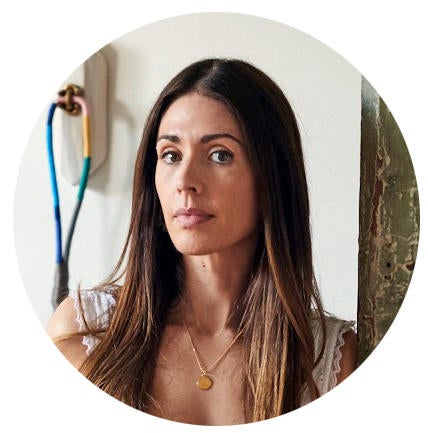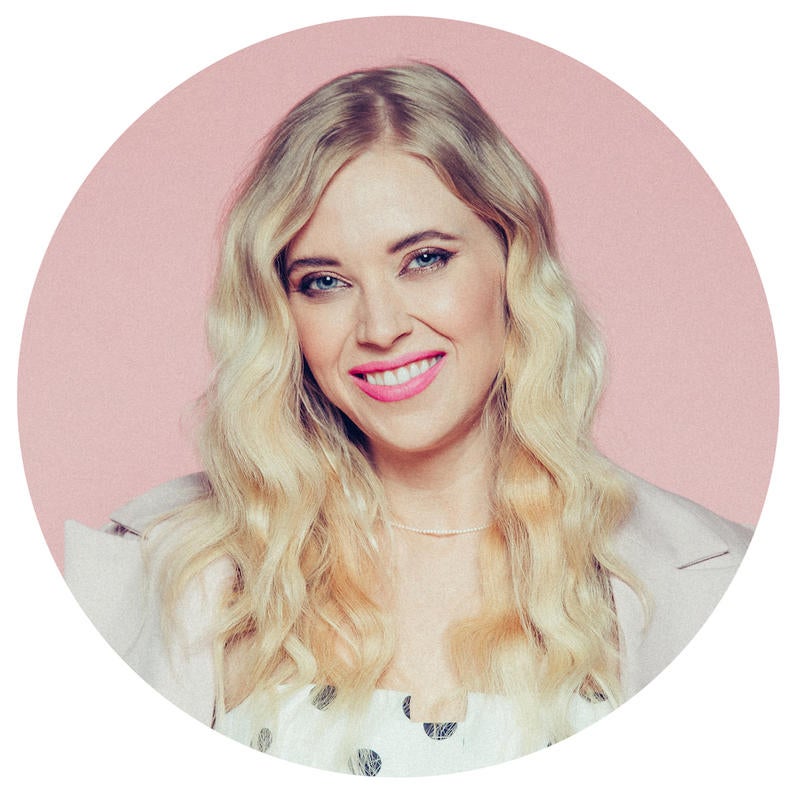First impressions matter, and the initial consultation between designer and client is no exception. Interior designers Michael Coyne, Danu Kennedy, Ann Lowengart, Caitlin Murray, Jonathan Savage and Nicole White share how they prepare for the big kickoff meeting and shape a positive client experience. And that consultation fee? It has these designers divided.

DRESS TO IMPRESS
“Our goal is to bring our clients’ style to life in the most beautiful way, so they look at the final design and say, ‘This home perfectly suits me, but I would never have thought of that.’ This process begins at the start of the consultation, when I dress to reflect the style of the project, whether it’s modern or traditional, and wear clothes that harmonize with the color scheme of fabrics I’m presenting. I research the client and property in advance so I can speak to design concepts that resonate with them. Transparency also sets us apart from other firms: We lay out all of the economics during our initial complimentary consultation in a proposal, including time frame, floor plans, furnishings, shipping, storage, sales tax and incidentals. During the design process, we have an open book policy where clients are welcome to look at our purchase receipts at any time.” —Ann Lowengart is the principal designer at San Francisco–based Ann Lowengart Interiors.

PRESENT THE RIGHT TOOLS
“Be authentic! Consultations are about getting to know each other as much as they are about presenting the company and its work. We would never charge for a client meeting or pitch opportunity, and feel it’s important to work with people who share our values and can come together to create something unique (and enjoy the ride). To prep, we inquire about what the client needs from the meeting and research to understand them and the project beforehand. We decide which examples of our work to present, and in the meeting we use our website as a presentation tool and can run clients through different phases of past projects. When it comes to first impressions, we want to make the experience fun and open up the dialogue so there’s a free-flowing conversation.” —Danu Kennedy is the design director at New York–based firm Parts and Labor Design.

TALK LESS, LISTEN MORE
“In my experience, clients like to meet with a confident designer who has a direction and purpose, so I like to make sure that comes across while establishing a relationship. The client’s wants and needs always come first, so I do more listening and less talking, making a point to arrive early and take lots of notes. The initial meeting is the best platform for a potential client to share his or her vision—as much as they know at that point, anyway—and that vision needs to be heard so that the designer can take that direction and deliver great results. It’s important to tighten communication by asking questions so the client knows they are being understood. I do not feel that charging is necessary because if the client and project are in fact a match, I will know by the first day.” —Jonathan Savage is the owner and principal designer at Savage Interior Design in Nashville, Tennessee.

DO THE RESEARCH
“I’ve found that having a decent amount of background information goes a long way toward streamlining the consultation process, so we do a bit of vetting before the consultation. There’s a questionnaire and a preliminary phone call before anything is scheduled, which helps us hit the ground running. By taking the time to gather some basic information, we’re better able to make informed recommendations and guide the flow of the consultation—all of which sets the precedent for the client that we’re the professionals and we’ll be managing the project. As part of our vetting process, we decided to start charging a flat fee for all consultations, which helps establish our value from the get-go and also weeds out potentially problematic clients.” —Caitlin Murray is the founder and principal designer at Black Lacquer Design in Los Angeles.

CONSULT THE EXPERTS
“One of our best tips is to screen clients before the consultation. We only schedule consultations with clients who complete an online questionnaire, in which we ask detailed questions about their style, budget, design wishes, what inspires them, who lives in their home, allergies, and things they would love or hate to see in their design, so we have an idea of who we’re meeting before we walk into their home.
“Clients called you for your expertise, so while we’re there to listen and learn as much as possible by studying their environment and having them share their wishes and design dilemmas, it’s also important to discuss some of your ideas, offer creative solutions and walk them through what it would be like to work with you. We’ve done consultations where we discussed major structural changes that clients never imagined possible, but because we have tons of renovation expertise, we win those clients with that knowledge. Don’t be afraid to show your expertise!
“As for pricing the meeting, designers should absolutely charge for their time. A potential client should understand that they are meeting with an experienced professional and will be exposed to a wealth of knowledge and ideas. A client who cannot value (or argues about) that nominal fee is not one you should want to work with. Rule of thumb: Clients who question consult fees will undoubtedly question design fees.” —Nicole White is the CEO and principal designer at Nicole White Design in Sunrise, Florida.

LEAD WITH HONESTY
“Vulnerability is the key that allows a free exchange of ideas and wishes, as well as our ability to meet expectations. Reviewing our past first meetings, it’s clear that those who have moved forward have made the choice based on the workability factor, meaning we like one another enough to be vulnerable with each other. Our first consultation is free, and our strategy is simple and straightforward: We outline our philosophy of designing for the client, chat and get to know each other, and usually know quickly if we ‘click.’
“A couple years ago, we established a policy of only taking clients who, like us, are kind, honest and enthusiastic. We state up front that if they are not interested in enjoying the journey that only the top 1 percent in the world have the opportunity to participate in, they need to look elsewhere for design help. The client is best served with honesty.” —Michael Coyne is the founder and principal designer at Michael Coyne Design Detroit.




























